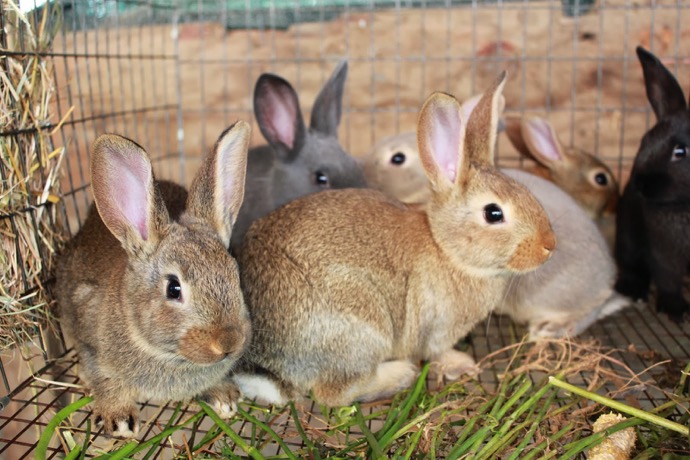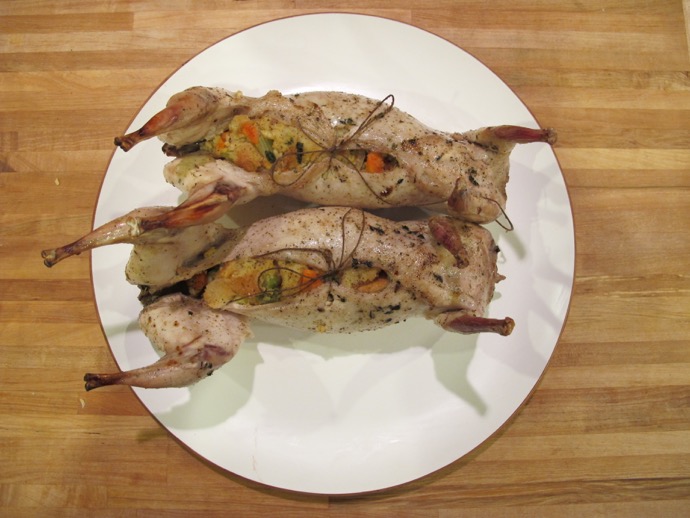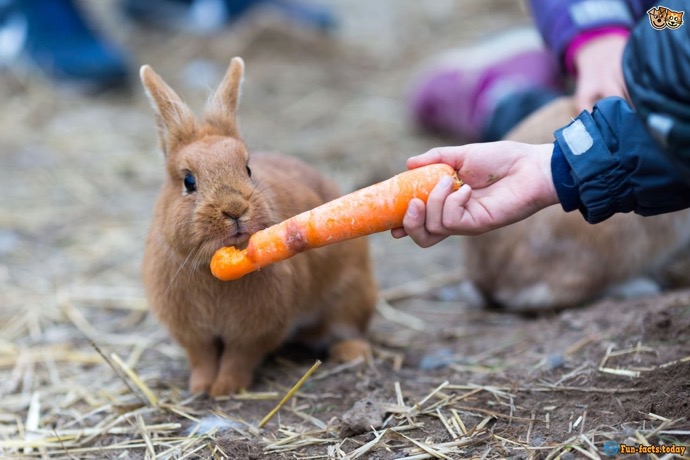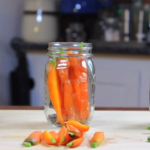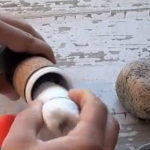Simple Guide to Raising Rabbits for Meat
Raising rabbits for meat is a touchy-subject for many, undoubtedly due to their cute and cuddly nature. While a lot people may cringe at the thought of growing rabbit for the purpose of butchering, the reality is that rabbit represents one of the best sources of meat that you can produce on the homestead. Let’s take a look at some of the reasons rabbit is such a practical option to consider.
Rabbit Meat is Good
A serving of rabbit meat has around 20% protein content and is 90% lean. There is also enough meat on rabbit to make them worth the trouble. The caloric value of a serving of rabbit is about 15% less than chickens. However, there are arguably more minerals in rabbit meat than chicken, and the meat is also low in cholesterol.
Rabbit also reproduce quickly, and they are pretty easy to breed. Rabbit are also pretty easy to care for and low-maintenance. You don’t need a lot of money for feed, they don’t take up a lot of space, and you can raise them in a number of different environments. These are just a few reasons that rabbit may be one of the most ideal additions to homestead meat sources, but there are many more.
Choosing the Breed
There are literally dozens of food-grade rabbit breeds out there, and you basically need to hone your search on those that will be the best match for your circumstances. Aim for a rabbit that will grow to produce more than 10-11lbs of meat each. One of the most popular breeds, the Flemish Giants can produce more than 20 lbs of meat. However, they also need a lot more food over time as well. On the smaller side of the spectrum are the New Zealand Whites, and the meat can weigh as much as 8-12 lbs on average.
Consequently, you should become familiar with a few breeds that are most suited to your environment. Everything from housing and temperature control requirements to the type of food they eat and growth rate should be considered. You want to find the ones that will be the easiest to raise with minimal resources, and produce the most amount of meat in the shortest amount of time. You can eventually build a harvest schedule and incorporate it into your long-term survival or self-sufficiency planning.
Population Control

You will also need to become familiar with how to breed rabbit. Fortunately, the process is pretty straightforward. In its simplest form, all you need to do is put the doe in the buck’s cage or hutch and let them do their thing when she’s in heat. You want a couple of different bucks as well as different does in order to mix up the gene pool a bit as well.
The important thing is to know what to do with an ever-expanding rabbit population once the breeding cycle gets started. This will vary based on too many factors to list here, but you should establish a breeding schedule and take steps to continually control your rabbit population from day one. Take the time to do research and start planning a production schedule that will meet your needs.
Feeding Rabbits
The good news is that rabbits prefer to eat fruits, veggies, herbs, grasses and various plants. In fact, most rabbits will choose the fresh stuff over pellets or commercial feed. The bad news is that you need to protect your garden and ensure that the rabbits and your crops are physically-separated. There are lots of different opinions out there as to the best things to give rabbits. A lot of what you end up feeding them will depend on the species and food that you have available.
Expect to give them hay or certain grasses as well as up to a couple of cups of veggie bits, leafy and other greens, herbs, flowers and even fruit. The general rule of thumb is to let them chew on the hay and dried grasses all day long, and give them feedings of fruits, veggies and other stuff at specific intervals. Rabbits tend to eat until they’re full and then abandon what’s left. Remove leftovers, except the hay, and get a sense of portion sizes that will reduce waste.
Housing

Rabbits like to be cool and dry, with hay and water available all day long. The size of the hutch and the space that you need will depend on the breed and how many you’re rearing. Generally speaking, you just need to build a simple frame out of some wood and chicken wire to provide them shelter and protection from predators. However, your hutch can be as simple or as elaborate as you like, and there are limitless possibilities in terms of what you can do.
Learn more about how rabbit may be the perfect addition to your long-term survival food strategy. They are easy to rear, take minimal resources, and you may end up with more than enough meat protein with minimal effort. They’re not for everyone, but everyone who is serious about self-sufficiency should take a look at the benefits.


